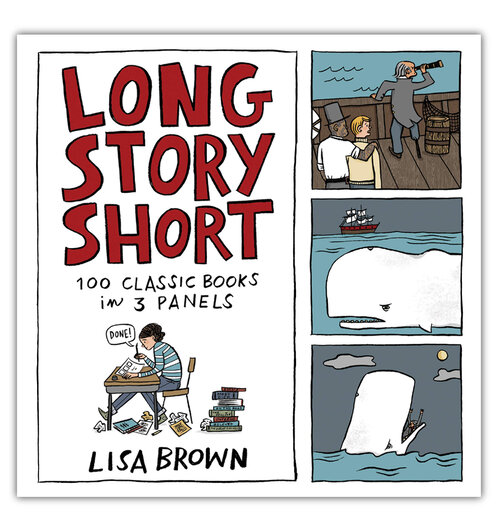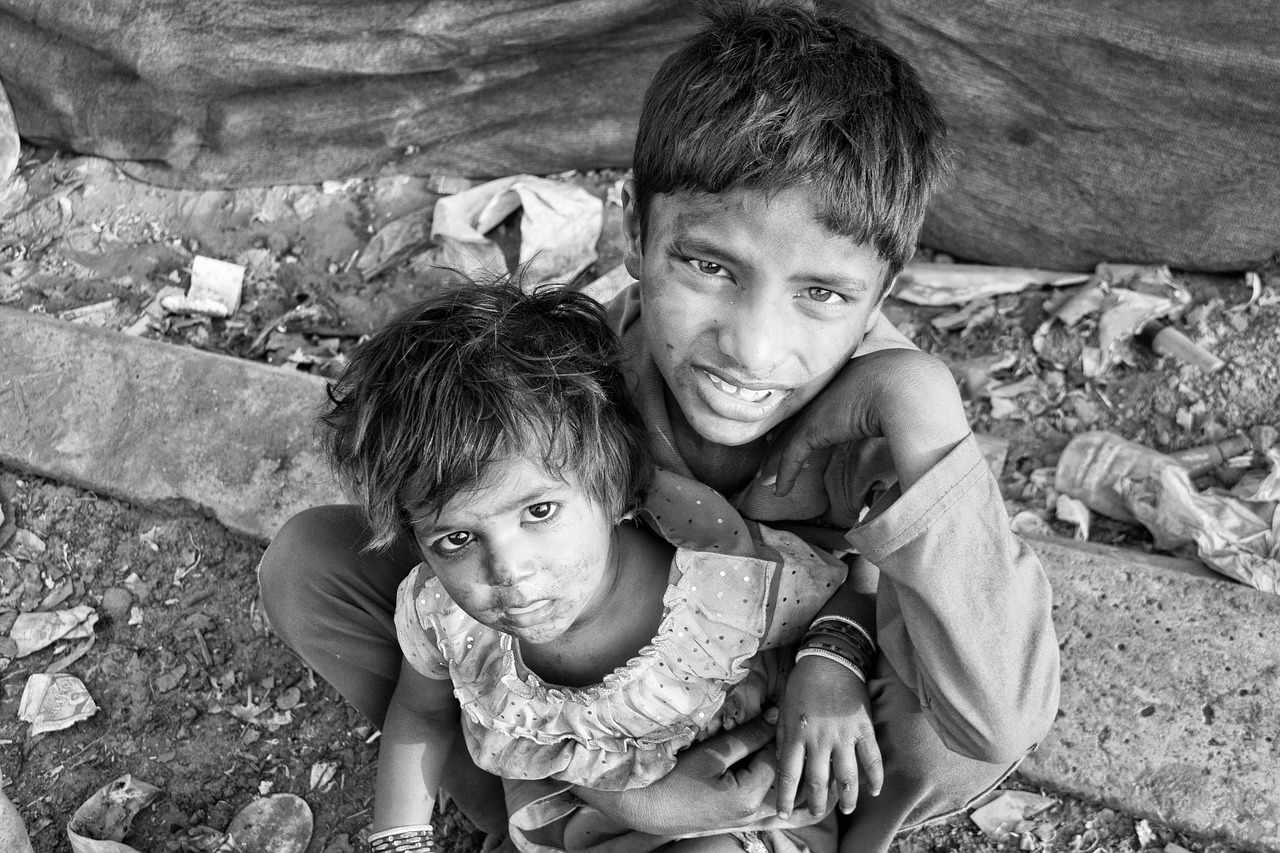 |
| Le cri d'Edvard Munch |
Ce qu'il voit, je n'en sais rien.
Je ne sais pas ce qu'il entend non plus.
Est ce qu'il me reconnaît? Sait-il même qu'il y a quelqu'un, là, physiquement, qui lui parle?
Je ne connais pas les effets combinés de la morphine et de sa tumeur au cerveau.
Il a les yeux grands ouverts. La bouche, aussi , trou noir et ovale.
Il pourrait dire :" pourquoi moi? "
Ou encore "Je suis pas arrivé au bout tout de même?" comme il me l'a demandé quelques mois auparavant." Je sais pas , papa, je sais pas " j'avais répondu.
Ou aussi " Qu'est ce qui va se passer maintenant?" Je n'ai pas plus de réponse.
Son visage est gravé dans ma mémoire et invariablement, je pense à
Le Cri de E Munch.
Il faut que je rentre chez moi, loin ; je suis épuisée par ces quelques nuits à répondre à ses gémissements qui ressemblent parfois à des cris de panique. Je vais alors le retourner dans son lit, ne sachant trop que faire ni la cause de ses cris. Un bras sous les genoux , l'autre sous les épaules et le fait basculer doucement . Je le prends dans mes bras, lui dont je n'ai pas le souvenir qu'il m'ait un jour pris dans les siens.
J'ai vraiment le sentiment qu'il me demande quelque chose. Alors je lui dit que je dois partir. Si je lui touche la main ou lui caresse le front, je ne me souviens pas.
Aucun de nous n'est pratiquant ou croyant.
" Peut être tu vas devenir un cèpe, un gros, un cèpe des pins, brun profond, velouté, tu sais, celui qu'on voit de loin et qui ranime la recherche, juste au moment ou on se dit qu'on va rentrer à la maison." De tous les chercheurs de champignons du coin, c'est lui le meilleur . Il connaît les bons endroits et quand il revient, il nous raconte où il a trouvé chacun des plus beaux, à l'arbre près. Le plus drôle c'est que , chercheurs nous mêmes , maman et moi , on voit à peu près où.
Petits cèpes qu il a confectionnés au tour à bois.
"Ou alors une truite, tu sais, la grosse truite qui te nargue et que tu loupes tout le temps." Grand pêcheur également, dans les rigoles qui parcourent tous les pacages. On se demande comment font les truites pour y vivre. Quand il nous dit qu'il l'a encore ratée, il sourit, probablement heureux de l'avoir encore comme partenaire lors d'une prochaine partie .
Dans mon dos j'entends les sanglots de ma mère. J'en suis surprise. D'abord parce que je ne la savais pas là, ensuite parce qu elle n'a pas craqué en ma présence jusque là, alors qu'elle lui permet si vaillamment de finir sa vie à la maison plutôt que dans une chambre d'hôpital, depuis des mois .
Je réalise aussi à quel point je l'imagine insensible .
Devant moi, il me semble que son visage s'est détendu. Ces mots l'ont ils rassuré ? Ou bien est ce moi même qui le suis? Je crois bien que je suis la première à lui dire qu'il va mourir, peut être renonce t il alors à se battre.
Je ne sais même plus avec quelle voiture je suis rentrée, aucun souvenir du voyage .
Peut être une demie heure ou une heure après mon arrivée, le téléphone sonne.
Il est mort.
Ils n'ont pas réussi à lui fermer la bouche. Dans son cercueil, on lui a mis son bâton à champignons ( pour l'aider à trouver son chemin ?), dessus, une rose jaune pâle, celles dont il était le plus fier. Un jour quelqu'un a déposé un cèpe sur sa tombe .
Sur laquelle je ne suis jamais retournée. En ce qui me concerne il n'est pas la bas. Il est ici, dans tout ce qu'il a fabriqué (conçu par maman et lui, réalisé par lui) : les escaliers, les rambardes et gardes fous, la table à langer de notre fille; un acacia rose qu'il m'avait donné ainsi qu'un rosier, le même dont il était si fier.
C'était il y a vingt ans.
Il a disparu à peu près en même temps que son monde, celui dans lequel il avait grandi.
De rigoles dans les pâturages il n'y a plus, de truites non plus , autrement que lâchées par la société de pêche. Quant aux endroits où il ramassait ses champignons, ils ont tous été ravagés par des coupes sauvages, celles où une énorme machine fait le travail de cinq hommes tout en laissant de profondes ornières et un entrelacs de branches et de souches infranchissable.
*****
Ce que j'exprimais confusément à l'époque n'a rien à voir avec la réincarnation. Je crois que nous sommes bel et bien finis. Notre infini se trouve entre notre naissance et notre mort, dans ce que je nomme "les moments d'éternité".
Le cèpe et la grosse truite faisaient référence à cela. Je voulais ramener mon père à ces instants où nous nous sentons très exactement à notre place, aucune usurpation ni compétition, n'étant que yeux, oreilles et peau. Un élément du tableau aussi légitime que tout ce qui y figure, dont la vie n'a ni plus ni moins de valeur que chacun des autres éléments.
Ce moment très précis où le temps n'existe plus. Nous ne sommes tous que la vie, celle de nos cellules, végétales ou animales, celle du sang ou de la sève qui voyage inlassablement dans nos veines.
Que je voie ou non le cèpe ne change rien à son existence, que quelqu'un me voit à cet endroit à cet instant ne change rien au fait que j'y suis. C'est pour moi un voyage dans "l'épaisseur " du temps. Ma place y reste gravée et j'y retourne à volonté.
"Le temps est un fleuve qui m'emporte, mais je suis le temps (...)" (1)
De pouvoir être à la fois consciemment et inconsciemment vivant, une particule de tout ce qui est, a été et sera, me semble ressembler à l'éternité. Car la vie, comme la mort sont immortelles. Je n'y suis qu'une anecdote, maillon noyé dans la chaîne, mais indispensable par le simple fait que j'existe.
Si mon père a pu retrouver ce moment, alors il y est pour l'éternité.
S'il ne l'a pas trouvé ou même cherché, il y est aussi.
(1) J L Borges.
Nouvelle réfutation du temps (1947)







